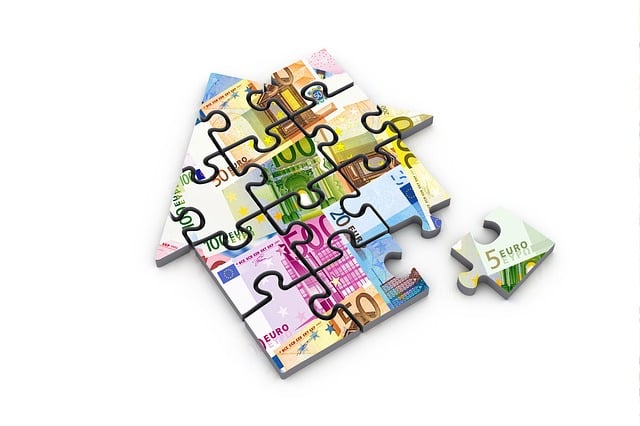When considering credit card debt consolidation, understand that secured loans backed by assets like real estate or vehicles offer lower interest rates but risk losing those assets if you default; unsecured loans have higher rates but no collateral risk. Secured loans can be beneficial for strong credit histories with favorable terms, while unsecured loans provide flexibility with no property risk but may require higher monthly payments. The best choice depends on your financial situation, risk tolerance, and available assets for collateral.
Understanding the distinction between secured and unsecured loans is crucial for managing your finances, especially when considering credit card debt consolidation. Secured loans are backed by collateral, offering potentially lower interest rates, while unsecured loans provide flexibility but usually carry higher rates. This article explores these loan types in detail, focusing on their pros and cons, with a special emphasis on helping you decide which option best suits your needs for effective credit card debt consolidation.
- Understanding Secured and Unsecured Loans
- Credit Card Debt Consolidation: Choosing Between Secured and Unsecured Options
Understanding Secured and Unsecured Loans
Secured and unsecured loans are two distinct types of financial instruments that serve different purposes for borrowers. Secured loans, as the name suggests, are backed by some form of collateral, which can be a valuable asset like real estate or a vehicle. This collateral acts as a safety net for the lender in case the borrower defaults on repayments. Unsecured loans, on the other hand, don’t require any collateral and rely solely on the borrower’s creditworthiness and repayment history.
When considering a loan, understanding whether it’s secured or unsecured is crucial, especially when managing existing credit card debt consolidation. Secured loans often come with lower interest rates because of the reduced risk for lenders. However, if you’re unable to make payments, they can result in losing the collateral. Unsecured loans provide more flexibility as no asset is at stake, but they typically have higher interest rates to compensate for the increased risk.
Credit Card Debt Consolidation: Choosing Between Secured and Unsecured Options
When considering credit card debt consolidation, understanding the difference between secured and unsecured loans is crucial. Secured loans are backed by an asset, such as your home or car, which acts as collateral for the lender. If you fail to repay the loan, the lender has the right to seize and sell this asset to recover their losses. This type of loan often comes with lower interest rates because the risk to the lender is mitigated. On the other hand, unsecured loans do not require any collateral and are based solely on your creditworthiness. Lenders rely on your payment history and credit score to assess the risk involved. Due to this increased risk, unsecured loans typically have higher interest rates compared to secured options.
For credit card debt consolidation, secured loans can be appealing as they may offer more favorable terms, especially if you have a strong credit history. However, it’s essential to remember that putting up an asset as collateral means you stand to lose that asset if repayments are missed. Unsecured loans provide more flexibility and no risk of losing personal property but come with potentially higher monthly payments and interest charges. The choice between secured and unsecured debt consolidation depends on your financial situation, risk tolerance, and the value of any assets you might have available for collateral.
When considering credit card debt consolidation, understanding the nuances between secured and unsecured loans is key. Secured options offer lower interest rates but require collateral, while unsecured loans provide flexibility with no collateral needed. The choice depends on your financial health and risk tolerance. By weighing these factors, you can make an informed decision to streamline your debt and achieve better financial management.
